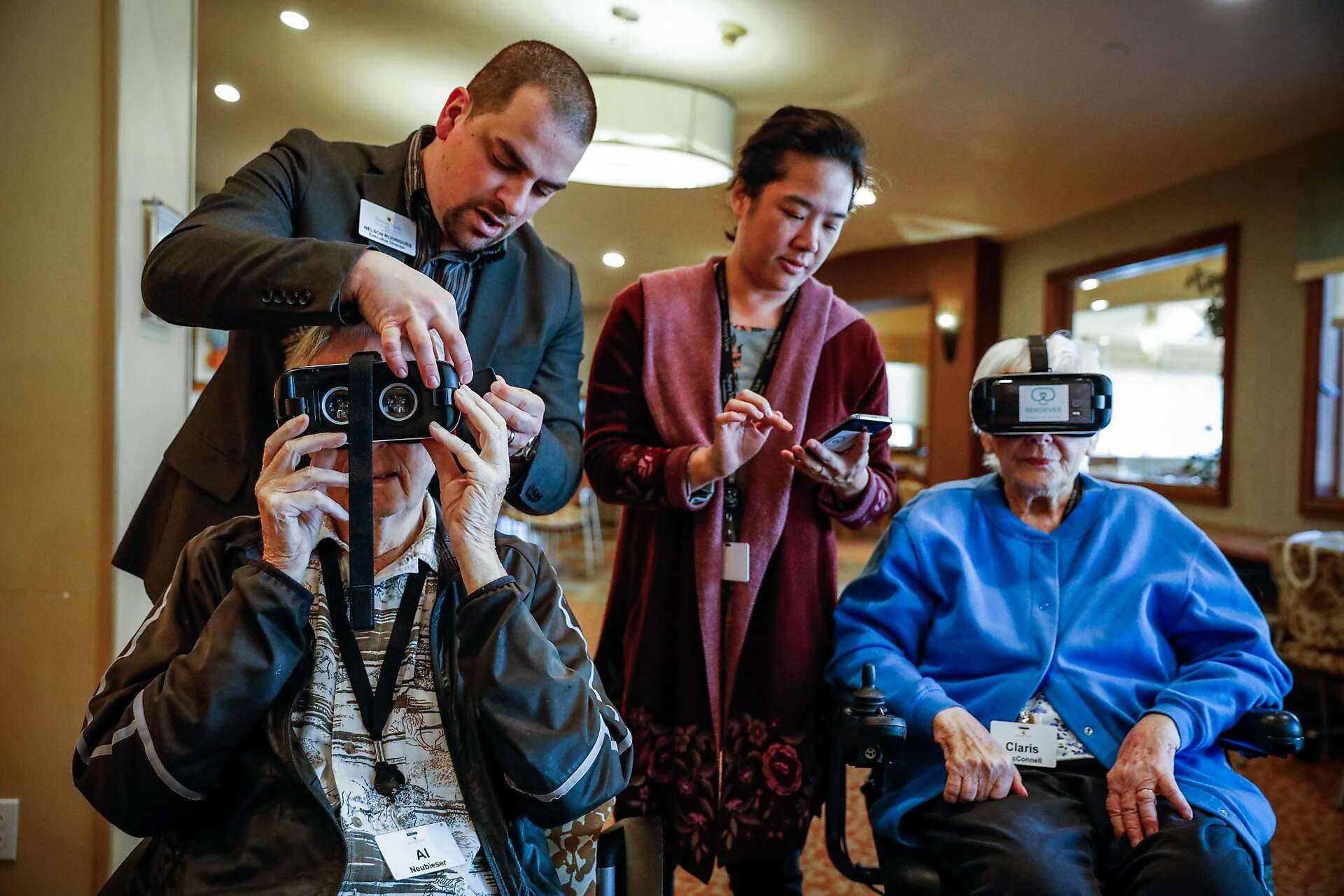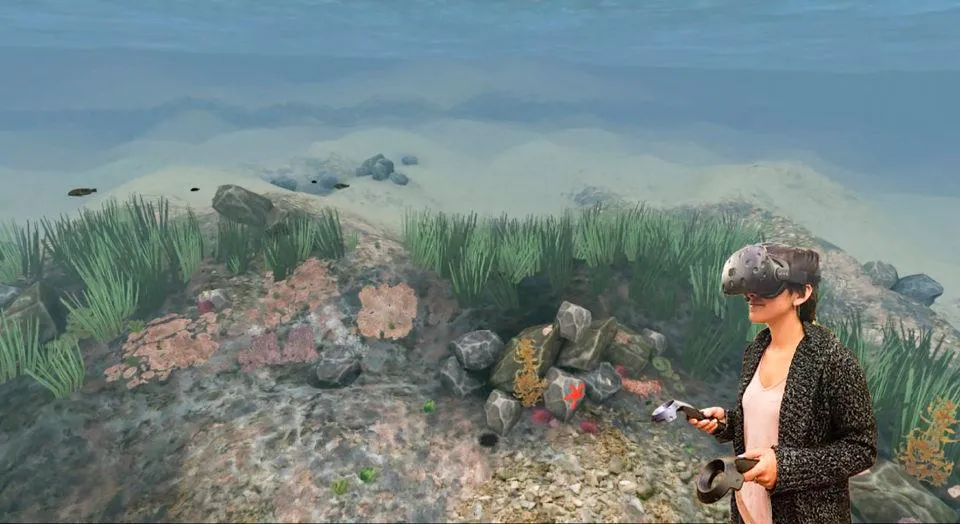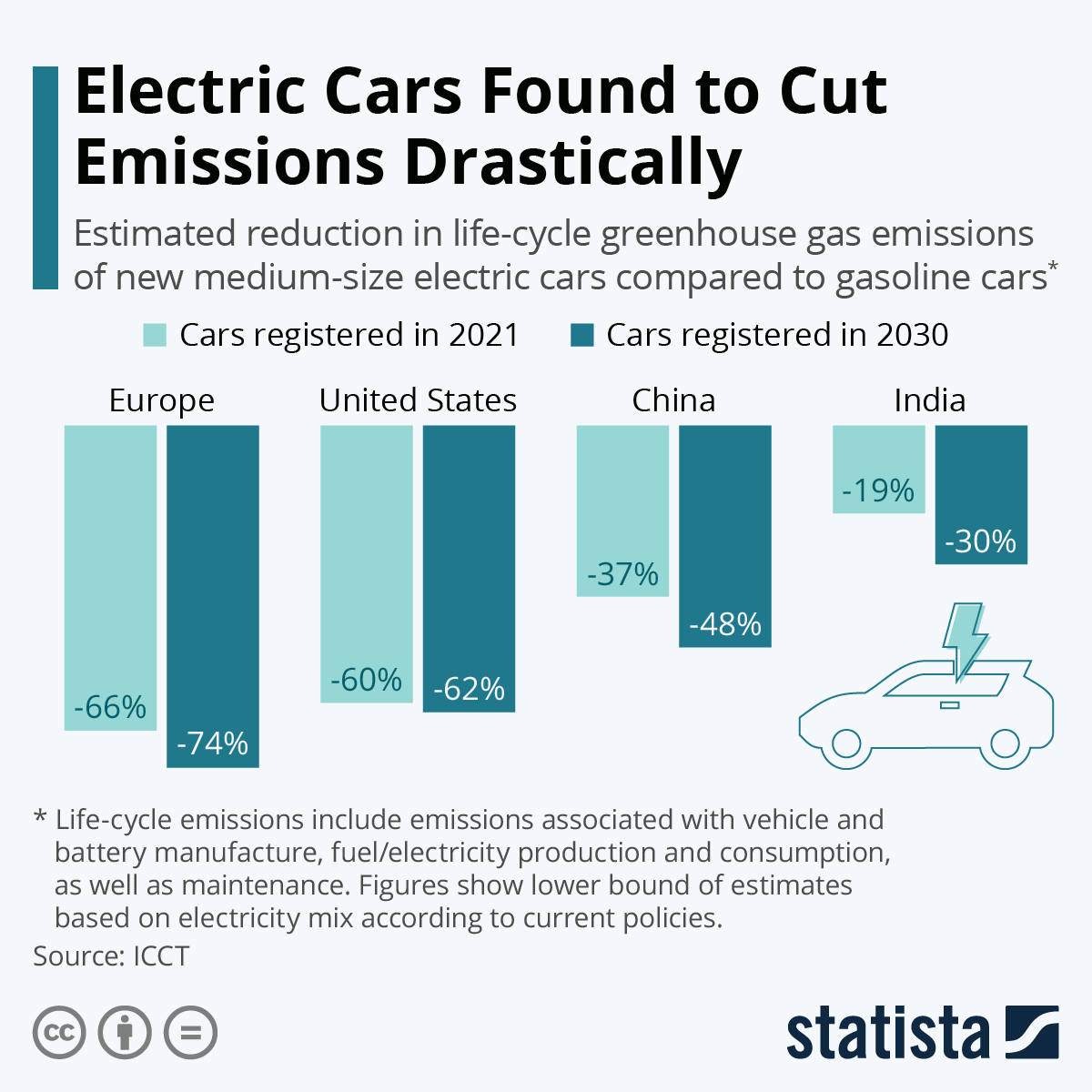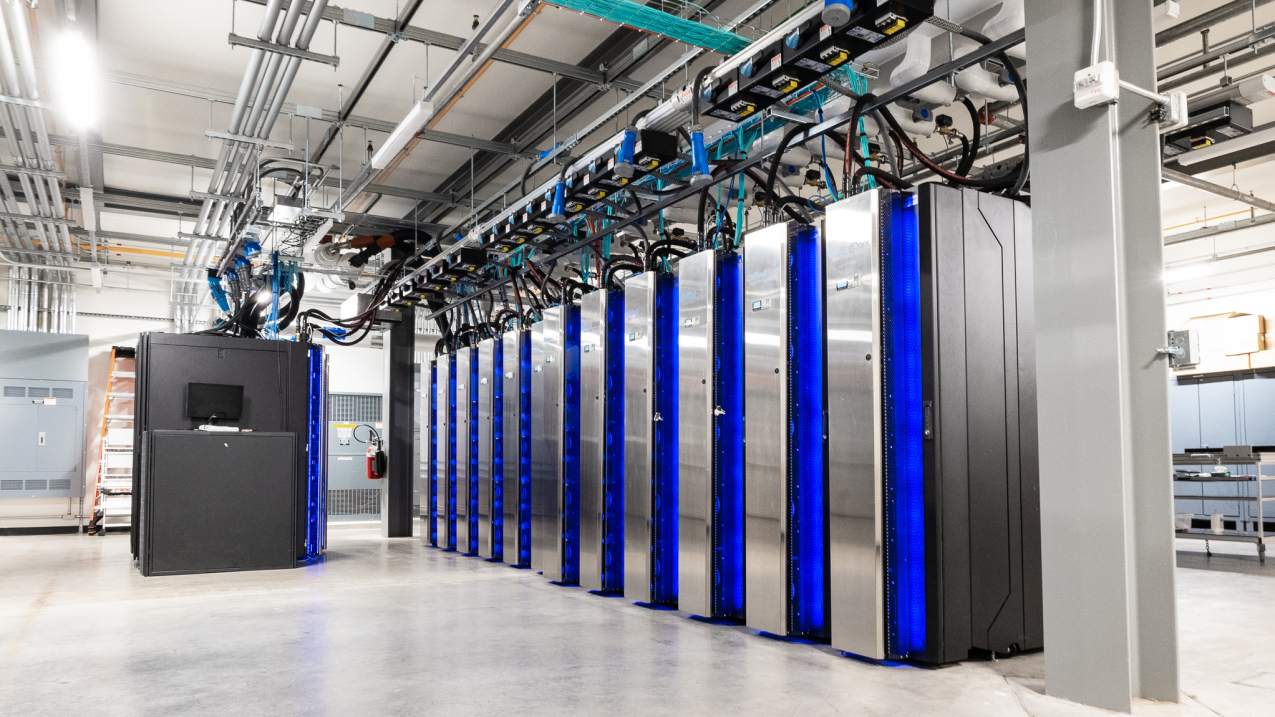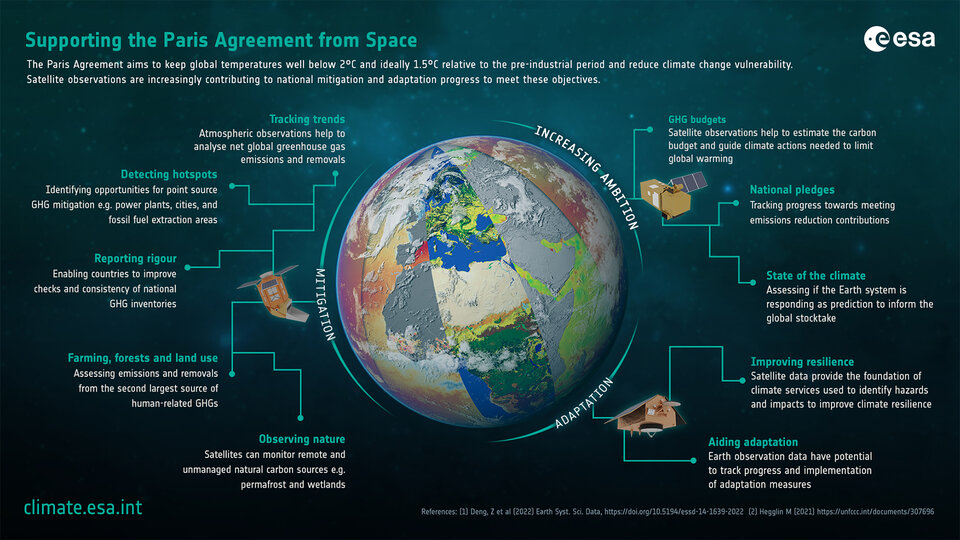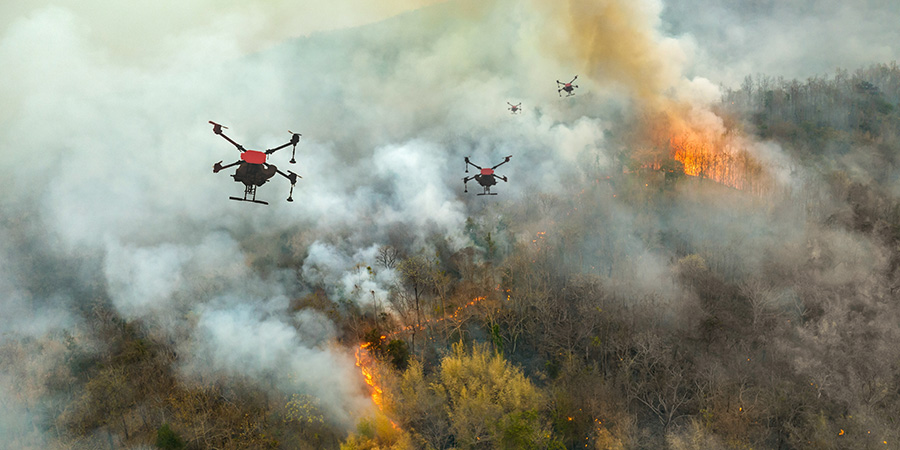Top 10 Technologies to Reduce the Impact of Climate Change

Top 10 Technologies to Reduce the Impact of Climate Change
As we navigate the challenges of climate change, technology plays a crucial role in mitigating its effects and adapting to its impacts. For middle-aged individuals in the United States, understanding and leveraging these technologies can significantly enhance personal and community resilience. Here are the top 10 technologies that can help reduce the impact of climate change, tailored to your lifestyle and needs.
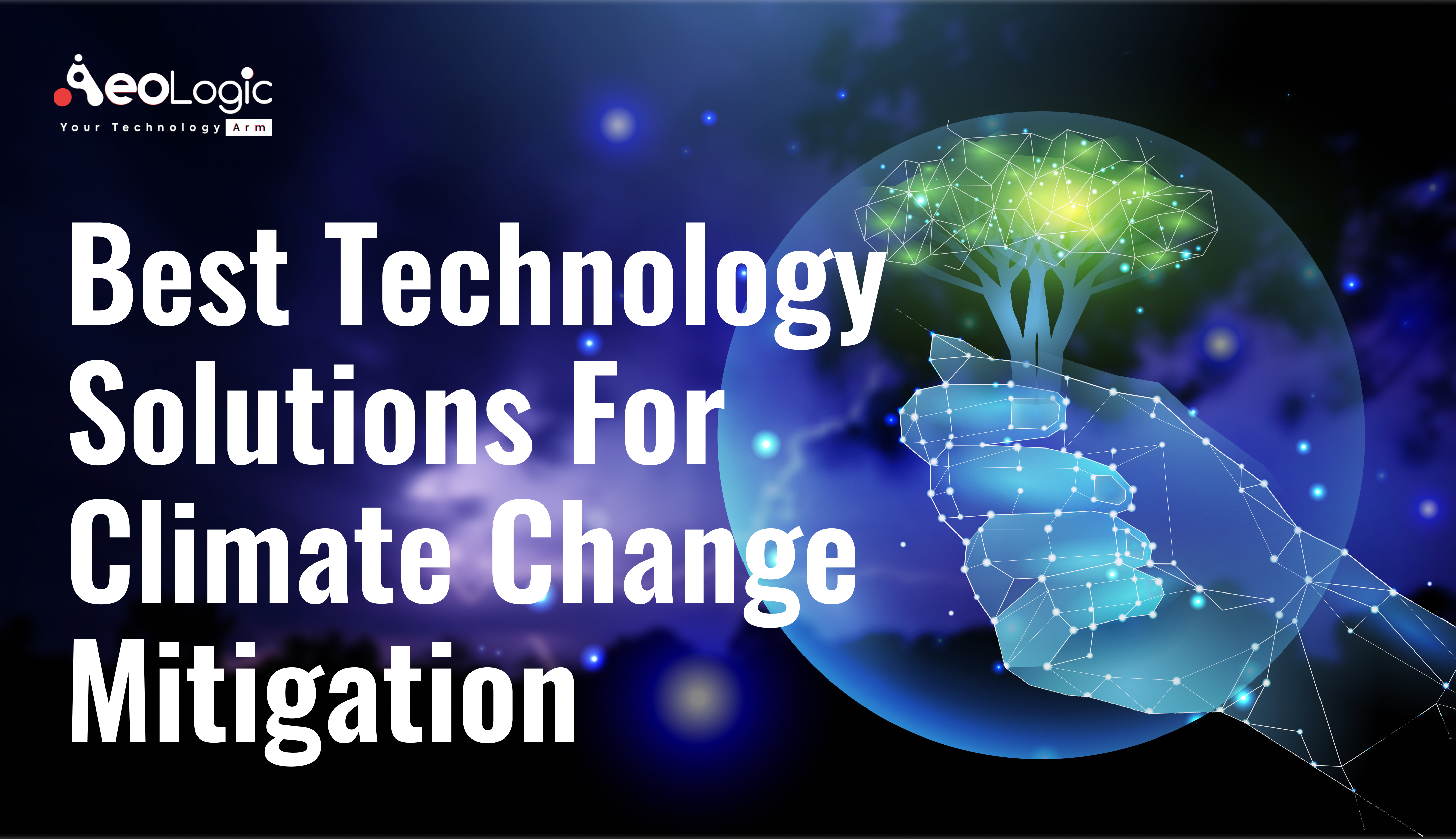
1. Artificial Intelligence (AI) for Climate Adaptation
AI is revolutionizing climate adaptation by enhancing weather forecasting, optimizing energy use, and improving agricultural practices. For instance, AI can predict extreme weather events more accurately, allowing communities to prepare better. Additionally, AI-driven systems help manage energy grids more efficiently, ensuring a stable supply of renewable energy .1 .2.
Practical Application: Consider using AI-powered home energy management systems to optimize your energy consumption and reduce waste.
2. Drones for Environmental Monitoring
Drones equipped with advanced sensors can monitor environmental changes, detect wildfires early, and assess damage after climate-related disasters. They are invaluable for managing forests and water resources effectively .1 .5.
Practical Application: Support local initiatives that use drones for environmental monitoring and conservation efforts.
3. Earth Observation Technologies
Satellites and remote-sensing technologies provide critical data on climate changes, such as ice melting and deforestation. This information helps scientists develop more accurate climate models and early warning systems .1 .3.
Practical Application: Stay informed about climate trends by following Earth observation reports and using this data to make environmentally conscious decisions.
4. Advanced Computing for Climate Modeling
Supercomputers and quantum computers are advancing climate modeling by processing complex data faster and more accurately. This technology helps predict weather patterns and climate changes more reliably .1 .4.
Practical Application: Support research initiatives that utilize advanced computing for climate modeling and mitigation strategies.
5. Internet of Things (IoT) for Sustainable Living
IoT devices, such as smart home sensors, can monitor and manage energy consumption, water usage, and air quality. This technology helps reduce waste and optimize resource use in daily life .1 .5.
Practical Application: Install smart home devices to monitor and reduce your household’s energy and water consumption.
6. Carbon Capture and Storage (CCS)
CCS technologies capture CO2 emissions from industrial processes and store them underground, reducing atmospheric carbon levels. Innovations like Direct Air Capture (DAC) are becoming more efficient and cost-effective .2 .3.
Practical Application: Support companies investing in CCS technologies and advocate for their implementation in local industries.
7. Renewable Energy Technologies
Solar, wind, and hydro energy are becoming more efficient and accessible. Innovations in energy storage, such as solid-state batteries, ensure a stable supply of renewable energy .3 .4.
Practical Application: Consider investing in solar panels or renewable energy credits to support clean energy production.
8. Climate-Smart Agriculture
Technologies like precision farming and agricultural drones help reduce water and fertilizer use while increasing crop resilience to climate changes .3 .4.
Practical Application: Support local farmers who adopt climate-smart practices and consider community-supported agriculture programs.
9. Electric Vehicles and Sustainable Transportation
Electric vehicles reduce greenhouse gas emissions from transportation. Innovations in battery technology are making EVs more affordable and efficient .3 .4.
Practical Application: Consider purchasing an electric vehicle for personal use or advocating for EV-friendly infrastructure in your community.
10. Virtual and Augmented Reality for Climate Awareness
VR and AR technologies provide immersive experiences that simulate climate impacts, raising awareness and encouraging behavioral changes .1 .5.
Practical Application: Engage with VR experiences to better understand climate change impacts and share these experiences with your community to inspire action.
Conclusion
These technologies not only help mitigate climate change but also offer practical solutions for middle-aged individuals to adapt and thrive in a changing environment. By embracing these innovations, you can contribute to a more sustainable future while enhancing your personal and community resilience.

Additional Tips for Middle-Aged Individuals
-
Stay Informed: Regularly update yourself on climate trends and technological advancements.
-
Community Engagement: Participate in local initiatives that focus on climate adaptation and sustainability.
-
Personal Action: Implement sustainable practices in your daily life, such as reducing energy consumption and supporting renewable energy projects.
-
Support Climate Tech: Invest in or support companies that develop climate technologies.
By combining personal action with technological innovation, we can effectively reduce the impact of climate change and build a more resilient future for ourselves and future generations.
